CCPIT Sub-council of Chemical Industry
Add: Bldg 16, Block 7, Hepingli, Beijing, China
Tel: +86-10-64283093, 84255960
Email: zhaoqing@ccpitchem.org.cn
On September 25, 2017, Zhong Yang, a professor at the School of Life Sciences at Fudan University in Shanghai, died in a car accident at the age of 53. In the eyes of ordinary people, such a standard senior intellectual with the title of professor must have lived a "stable" day while taking doctoral students while doing research in the laboratory and publishing papers. But this professor, which many people haven’t heard of, has given up this kind of visible “production” days, and has become a seed on the Qinghai-Tibet Plateau, which is the most difficult to deal with in China "Workers".
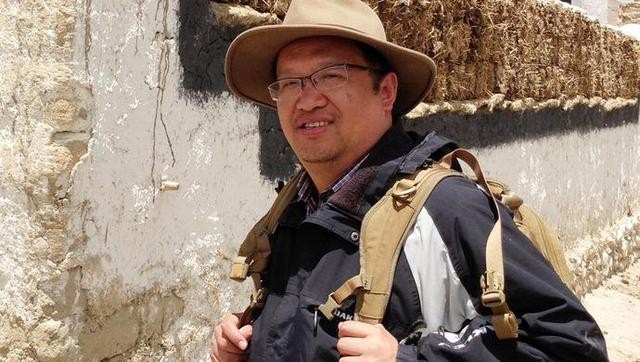
Why are seeds?
A macro seed contains all the microscopic genetic information of a plant. It is a carrier that can preserve the genetic information of a species for a long time. And this carrier has become a resource that various countries are now chasing-germplasm resources. Germplasm resources are the basis of all major scientific research achievements in recent years, so today's battle for resources has shifted from traditional fossil resources to microscopic fields related to "gene pools"-species in microns and millimeters Quality resources.

The British Qiuyuan, which is at the forefront of the world, launched the "Millennium Seed Bank Partnership" very early on, which aims to incorporate the germplasm resources of various countries through technical output and plans to collect the whole world this year. 25% of plant species. Many talents in my country have gone to Qiu Yuan in the UK for further study. No way, Qiu Yuan is indeed the world's top in this regard.
In 2008, Norway established the "Apocalypse Seed Bank" on an island in the Arctic Circle. The seed bank is built with ultra-high vault standards. In the permafrost zone of the Arctic, the automatic temperature control system stabilizes the temperature in the bank at minus 18 degrees Celsius. For sorghum seeds with the longest storage life, they can be stored in the storehouse for about 19,500 years. The Japanese with a strong sense of crisis sent 575 seed samples to this "Apocalypse Seed Bank" after the 2011 tsunami.
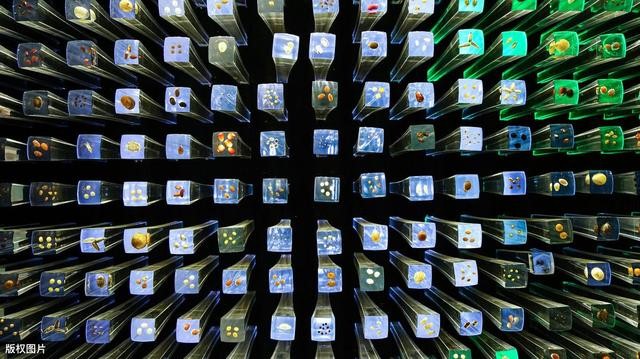
Why are the seeds of the Qinghai-Tibet Plateau?
Zhong Yang is not a professional seed hunter and can be said to be a monk halfway. In 2002, a large-scale project of Shanghai Agricultural Investment "Shanghai Agricultural Biological Gene Center" was officially launched. Luo Lijun, then the director of the center, found Zhong Yang, hoping he could follow a Tibetan medicine book "Golden Pearl Materia Medica" at that time. Go to Tibet, a popular country at that time, to collect seeds. Who knows that Zhong Yang is very interested, and he spontaneously recruited a seed collection team at Tibet University to start his career as a spokesperson for wild seed collection on the Qinghai-Tibet Plateau.
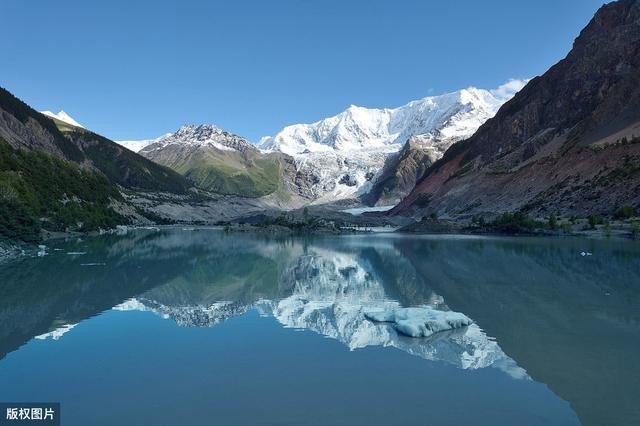
There are 1,000 unique plant varieties on the Qinghai-Tibet Plateau, and no one has ever done a systematic inventory. Even the tycoon of the aforementioned plantation, the British Royal Qiuyuan, couldn't find a Tibetan seed. As a hotspot area of international biodiversity, the number of plants on the Qinghai-Tibet Plateau includes 212 families by family rank, accounting for 32.9% of my country, and 38% by genus rank. There are 6,000 kinds of higher plants capable of bearing seeds, accounting for 18% of our country.
From a practical point of view or a utilitarian point of view, the Tibetan Plateau will not be the best choice for seed hunters, because the plants there are too far away from our modern agriculture, unlike wild soybean and rice seed collection, can be used more quickly in agricultural breeding In the process of improvement, the collection of plant seeds on the Qinghai-Tibet Plateau cannot be realized in a short period of time, but as a species selected by extreme environments, some of their "special genes" have become a "treasure" in the eyes of the Zhong Yang team. Those bland genes cannot support a species to multiply from generation to generation in a harsh plateau environment. Only unique and "sharp" genes can survive natural selection. For hunters, there is a fatal temptation.

Although the seeds are good, they are hard to find
The Qinghai-Tibet Plateau has unusually harsh environmental conditions, which has brought great obstacles to the seed collection work of the Zhong Yang team. A team of three or four people, sleeping in the wind, looking for plants in the plateau like a needle in a haystack. There, the distribution of plants has no rules at all, and more often, only hope is fortune. According to the international standards set by the British Qiu Yuan, the number of seeds of each plant sample should meet the collection of 5,000 seeds, but this standard has almost become an impossible task once it reaches the Tibetan Plateau. Sometimes, they can only at most Found 500.
Zhong Yang and his team collected 10 years of seeds on the Qinghai-Tibet Plateau, collected 40 million seeds of thousands of plants, and stored them in germplasm ice warehouses across the country, with a storage period of 100 years to 400 years. They even spent 3 years registering the only 30,000 Tibetan giant cypresses remaining in the world. This hardship is really not humane.
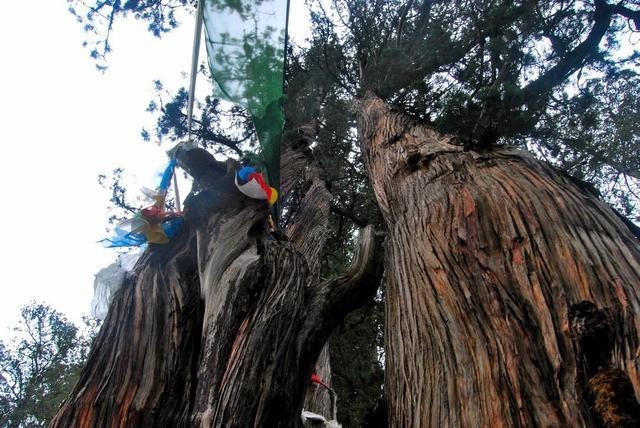
Long road
In addition to the precious seeds collected, Zhong Yang's contribution has also cultivated a group of professional seed collection forces for Tibet. Before him, there was no scientific research force in Tibet to do research on local biological resources. The 1 million botanical specimens still preserved in the Institute of Botany, Chinese Academy of Sciences were still made before liberation. Although the country has long recognized the importance of germplasm for agricultural production, a germplasm resource system has been established from the national level to the provincial level, but the collection of germplasm has always been a long process, and it needs to be like Zhong Yang Such a person can give up "realizing" and focus on the future.
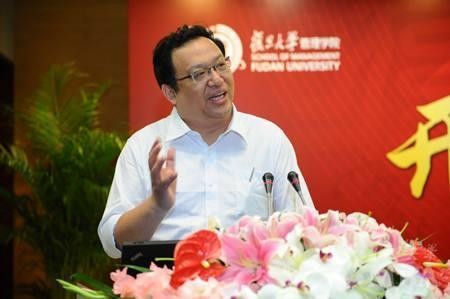
As he described in his "Ark of Seeds", the meaning of seeds lies in the future: "Assuming that 100 years later, people found that there is a plant on the Tibetan Plateau that has an anti-cancer effect, but for various reasons, It's gone, but 100 years ago, a person named Zhong had collected its seeds. At that time, no one would care about the identity and status of the collector, but they had a jar of 5000 seeds and 500 in it. One can live, and only 50 can produce seeds in the end, can't this plant be recovered? "The ultimate purpose of seed collection is not only to serve scientific research, but also to protect endangered species, that is, for the future Buy an insurance.
